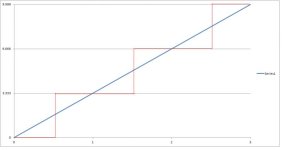I'm reading the datasheet for the ab 1746-NI4V and I'm wondering if 2-wire transmitters are always current analog signal generators. Since a 2 wire transmitter doesn't require power (no + and - terminal for powering the device), is it always a passive device like a thermistor?








